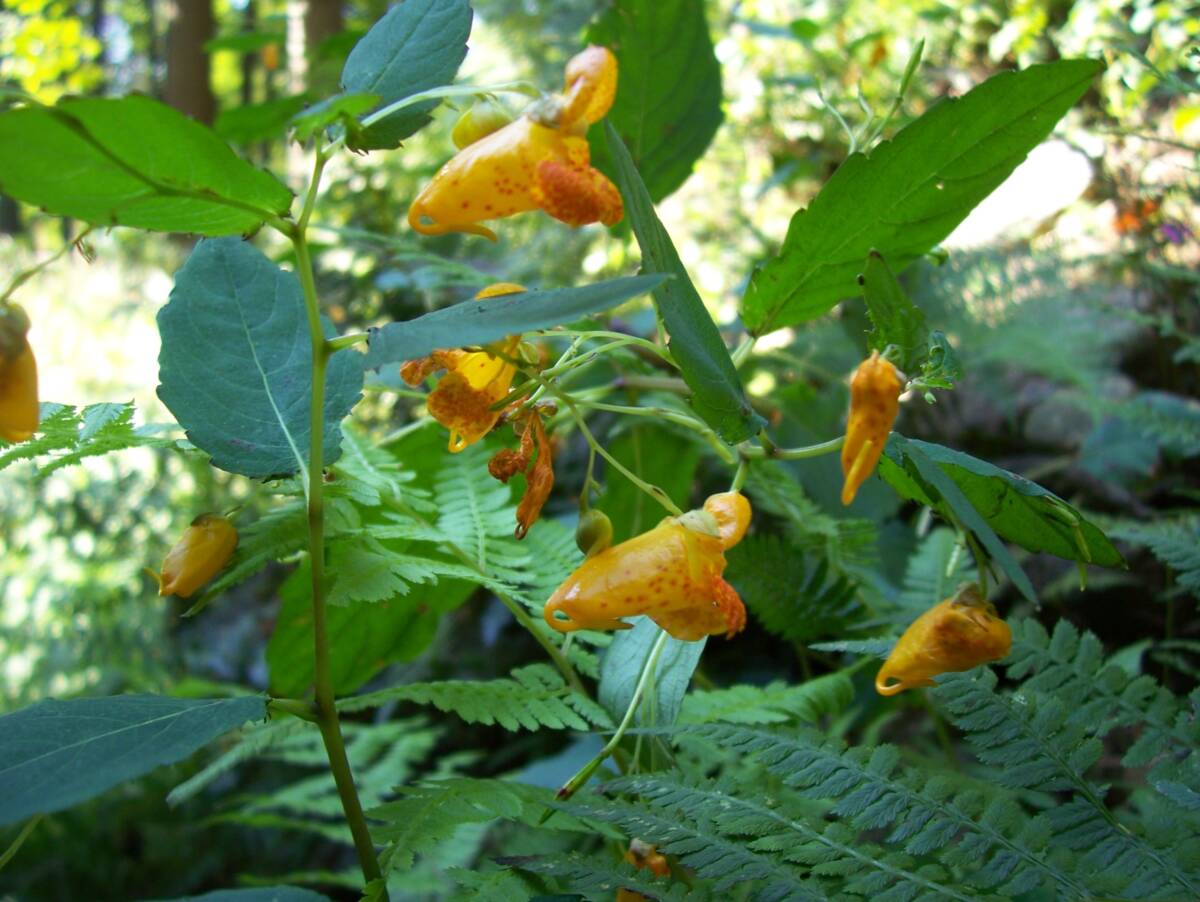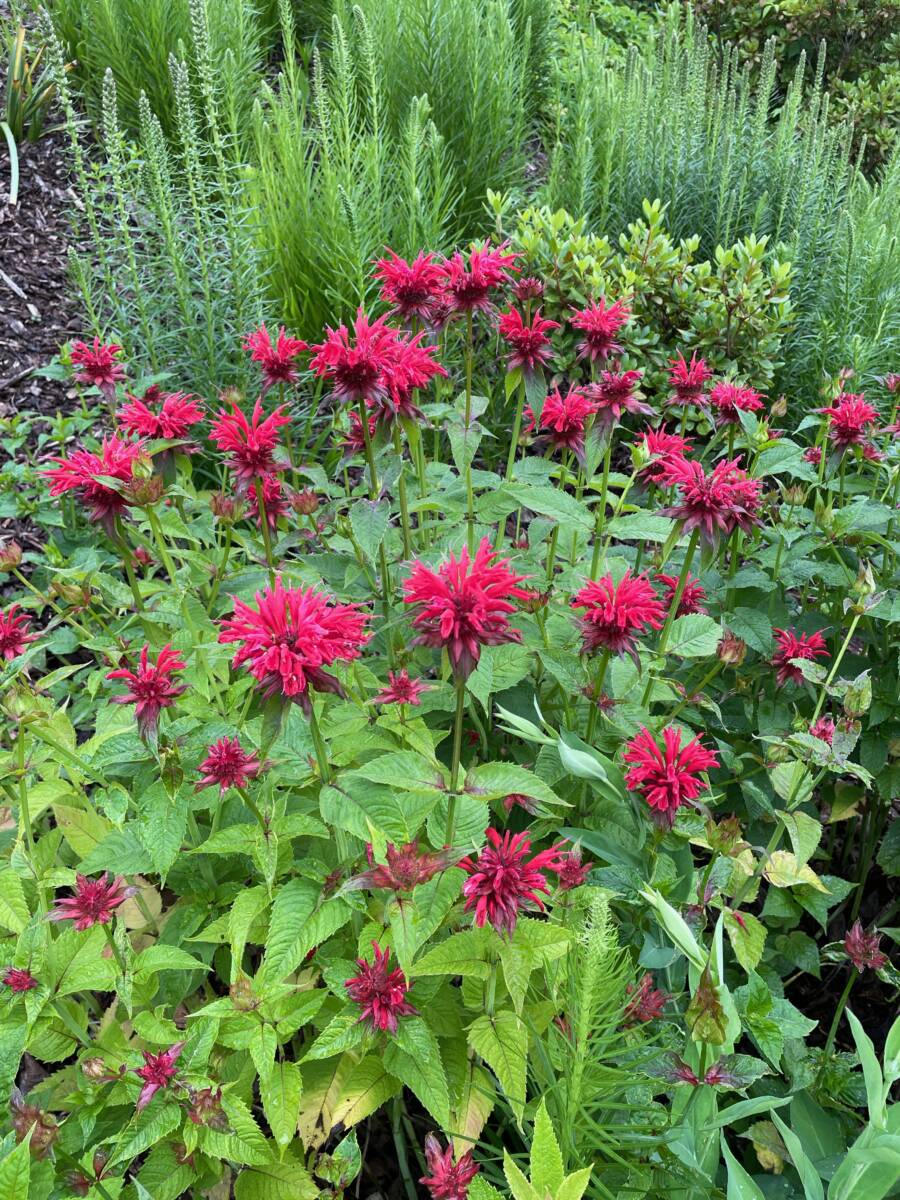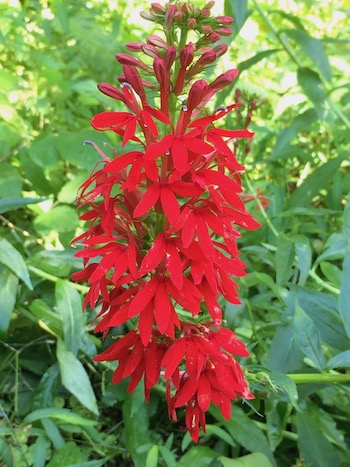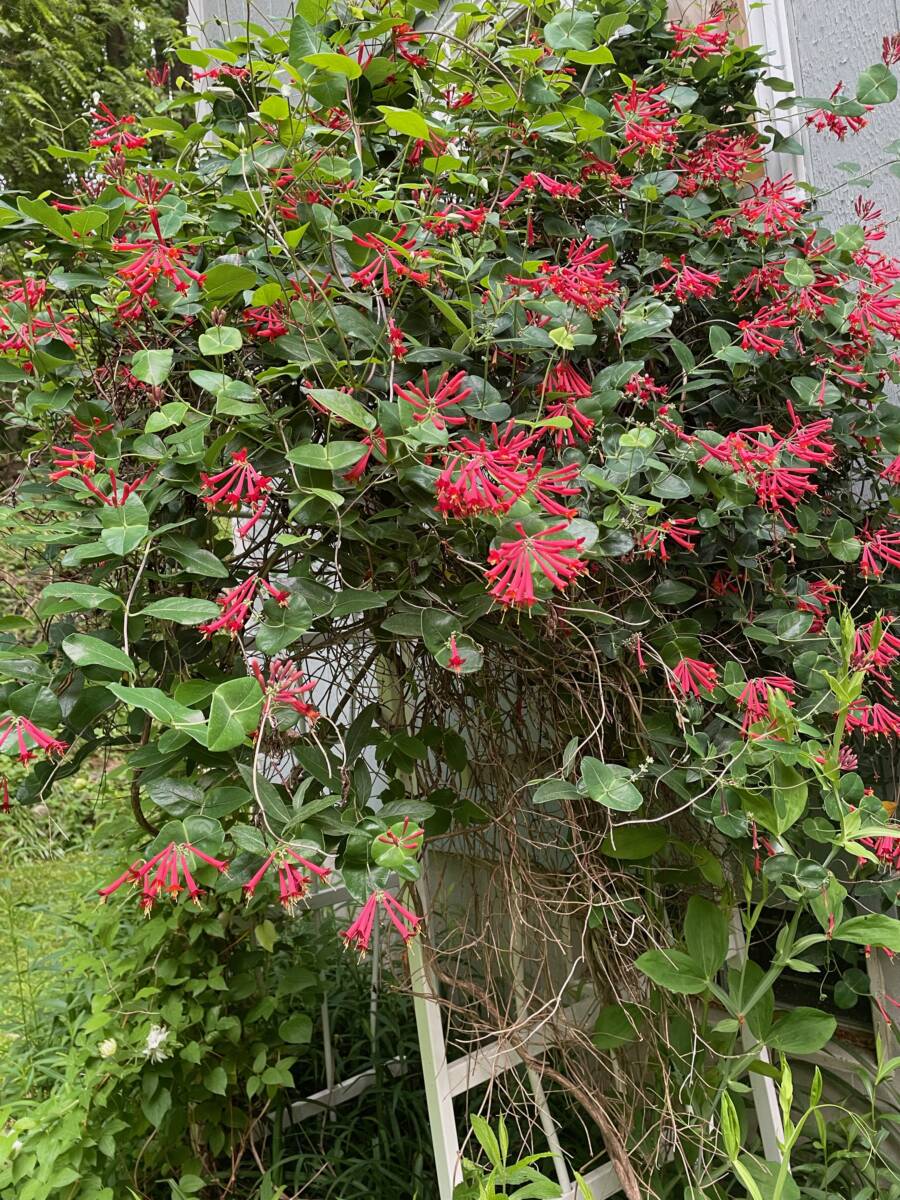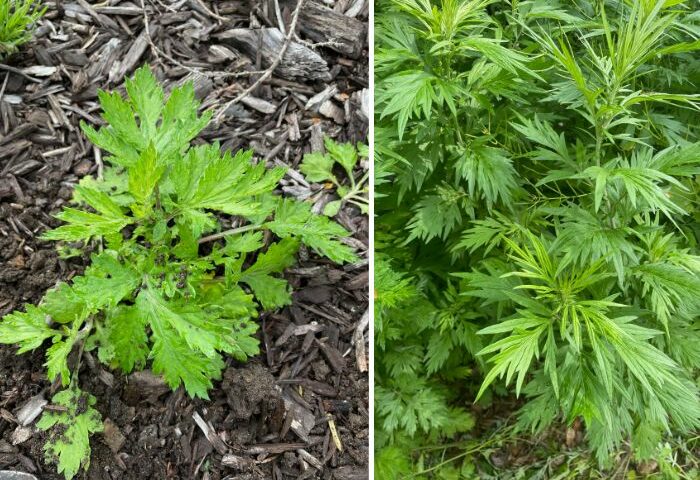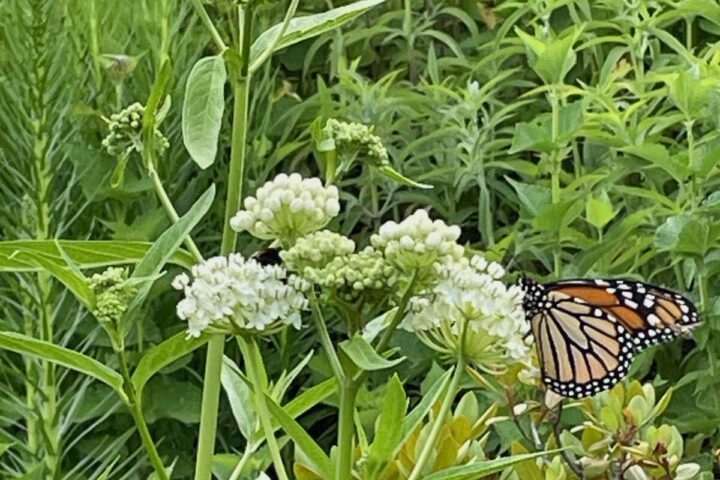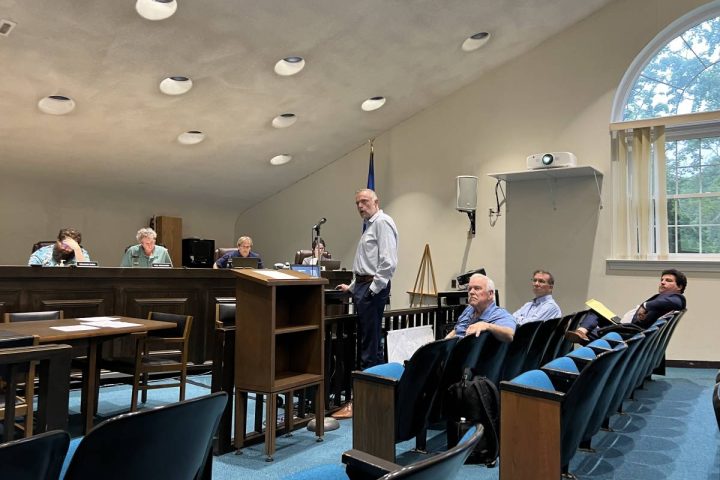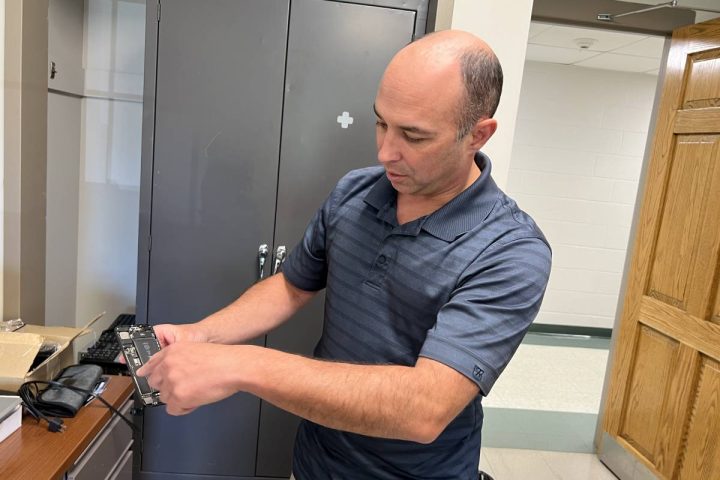Hummingbirds are a treat to see. They are so quick you often hear the hum before you see the bird. Ruby-throated Hummingbirds are eastern North America’s only nesting hummingbird. The males have the red patch on their throat and the females do not.
Hummingbird feeders are a good way to attract them. Make a simple water and sugar solution of one part regular white sugar to four parts water (example: a half cup of sugar to two cups of water) and stir well to dissolve the sugar.
The feeder must be thoroughly washed at least two-to-three times per week to keep mold out of the feeder, which could harm the birds. Don’t add red coloring to the sugar water. It isn’t necessary and could be harmful. Never use honey or other sweeteners, only regular white table sugar.
In addition to nectar from flowers and feeders, hummingbirds eat small insects so they are helpful additions to your yard. Add some of their favorite plants to your garden to give them a variety of sources of nectar and, of course, don’t spray insecticides.
Some Hummingbird favorites, that also attract other butterflies and bees are:
Monarda didyma (Scarlet Bee Balm) is a perennial that grows to about three-and-a-half feet tall, prefers full sun and moist soil and will spread but not too aggressively;
Lonicera sempervirens (Coral Honeysuckle) is a vine that grows to about 20 feet so it is good for an arbor or fence. It will flower from April through July or longer. It does best in full sun but is adaptable to part shade.
Lobelia cardinalis (Cardinal Flower) is a perennial that grows to about three feet. It needs soil that is consistently moist to wet. It will grow in part shade to full sun.
Impatiens capensis (Jewelweed) is an annual wildflower that grows to about two-and-a-half feet. It grows in moist soil in shady areas. Often seen along roadsides and on the edges of woody areas, this wildflower will self-sow. When the seedpods are mature the seeds pop out. The juice from crushed stems may help relieve the itch of poison ivy.
You will enjoy these beautiful plants as much as the Hummingbirds!
This Monroe Pollinator Pathway article is sponsored by the Monroe Conservation and Water Resources Commission.

